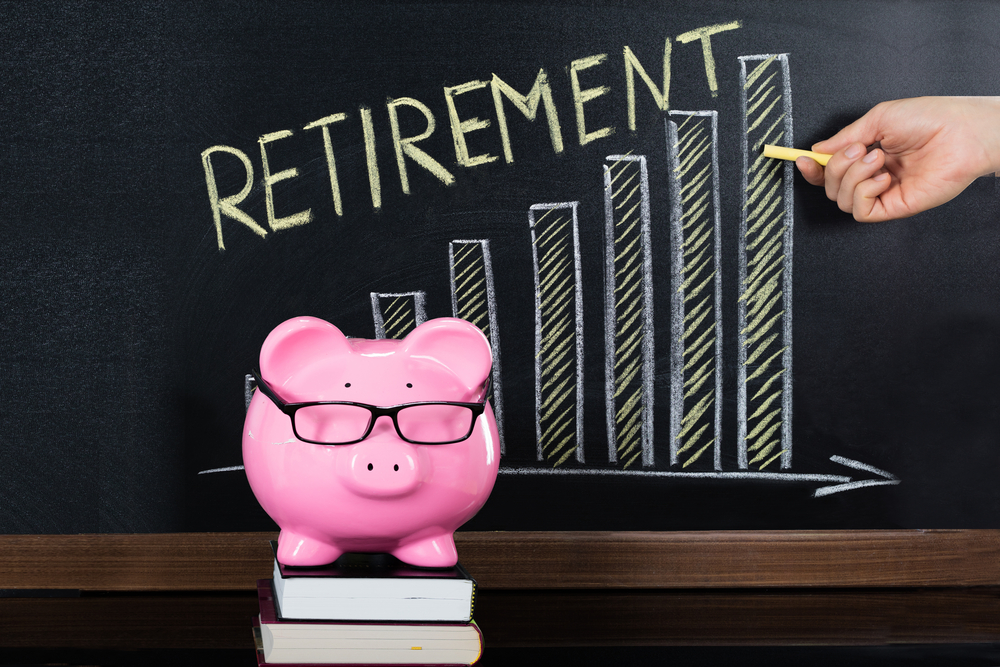When Jerry Garcia—lead guitarist, cultural icon, and the spiritual force behind the Grateful Dead—passed away…
Tax Deferred Accounts Are Great, Until They Aren’t!
Here’s an example of how the best made plans can be undermined. Your 401(k), 403(b) or IRA accounts are robust and healthy, and then a tax law changes. As a result, there’s less money for your retirement.
A serious retirement planning challenge for anyone with a tax deferred retirement account is detailed in an article in Kiplinger, “Your 401(k), 403(b) and IRA: Tax Shelter or Tax Nightmare?” Every tax dollar that has gone into the Treasury since last year, has gone to pay for Social Security, Medicare, Medicaid and paying down interest on the national debt. That’s it. With more Baby Boomers retiring every day, they won’t be putting money into Social Security and Medicare. Instead, they’ll start taking money out. When they do, the costs for these four programs will skyrocket.
In the last several years, the percentage of tax dollars going to Medicare and Medicaid has increased. In 2016, 29.1% of every tax dollar went to cover health programs (such as Medicare and Medicaid), as opposed to just 20% of every tax dollar in 2012.
Let’s look at where you may see changes and need to plan ahead.
Tax-Deferred Savings. Many retirees and pre-retirees have the majority of their savings in 401(k) and IRAs. Traditional accounts typically haven’t paid taxes. If you have the majority of your savings in one of those retirement accounts, remember that not all of that money is yours. The federal government can increase its share and reduce yours with new legislation in the tax code. Here are a few other things that the withdrawals from your 401(k), 403(b) and IRA accounts can impact:
- The government will tax every dollar that comes out at your highest tax bracket;
- Each distribution has the potential to move you into the higher tax bracket;
- Every dollar you withdraw may increase the tax you pay on your Social Security; and
- Each distribution can increase your exposure to the 3.8% surtax on investment income.
This means that you may need to include more of your Social Security benefits as taxable income, and your Medicare Part B premiums can increase. You also will have required minimum distributions, or RMDs, that begin at 70½. There are major penalties, if you forget to withdraw funds.
Roth IRA Conversion as a Tax-Reduction Strategy. If you convert to a Roth IRA, you may protect your savings from a future tax increase by paying tax at today’s rates. With a Roth IRA, the distributions in retirement are tax-free (if you’re at least 59½ and have held your Roth account for at least five years). Therefore, they typically won’t impact other things tied to your income, such as taxable Social Security income and your Medicare Part B premiums or health insurance subsidies.
Another plus for the Roth IRA: there are no required minimum distributions, while you are living. That means your Roth IRA can continue to grow tax-free, unlike the traditional IRA or 401(k) plan. If you need the money, take it. If not, leave it in and let it grow for your heirs.
Reference: Kiplinger (May 2017) “Your 401(k), 403(b) and IRA: Tax Shelter or Tax Nightmare?”



